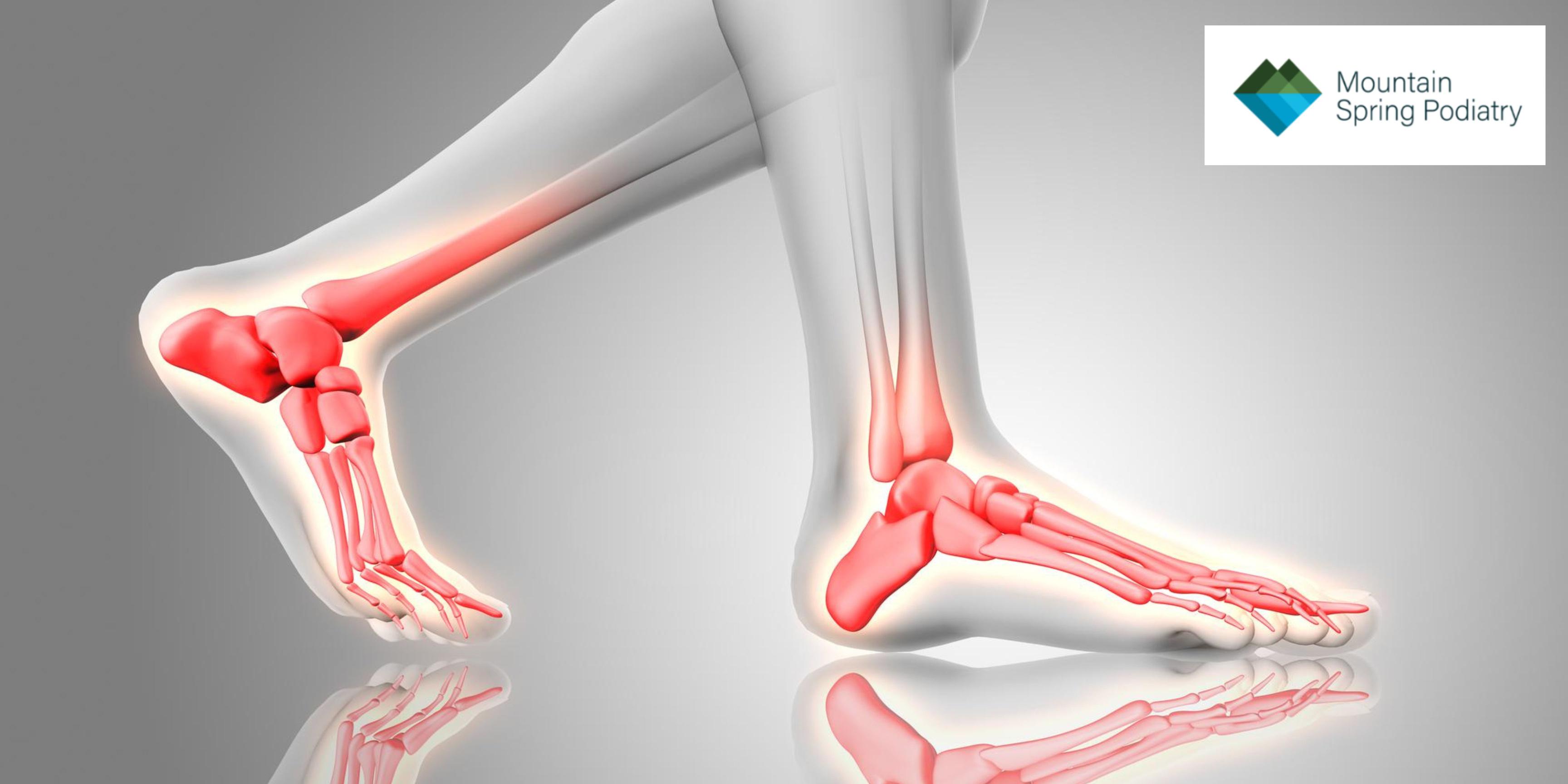What is Comprehensive Peripheral Artery Disease and Symptoms
Comprehensive Peripheral Artery Disease (PAD) is characterized by a gradual narrowing or blockage of the peripheral arteries, which are the blood vessels outside the heart and brain. This condition typically occurs as a result of atherosclerosis, a buildup of plaque on the inner walls of the arteries. PAD commonly a�ects the arteries supplying blood to the legs but can also occur in the arms, stomach, kidneys, and other organs.
The symptoms of comprehensive PAD may vary depending on the severity of the disease and the specific arteries involved. In the early stages, patients may not experience any noticeable symptoms, or they may attribute them to normal aging or lack of fitness. It’s essential to seek a foot doctor in Centreville if you experience any of these symptoms, as PAD can lead to serious complications if left untreated. However, as the disease progresses, several common symptoms may manifest.
Claudication:
This is the most classic symptom of PAD. Claudication refers to pain, cramping, or fatigue in the muscles of the legs or arms during physical activity such as walking or exercising. The discomfort typically subsides with rest.

Numbness and Tingling:
Reduced blood flow to the a�ected extremities can cause a sensation of numbness or tingling. This is often felt in the legs or feet but can also occur in the arms and hands.
Weakness:
Muscles may feel weak or heavy due to inadequate blood supply. This can a�ect mobility and overall physical performance.
Slow Wound Healing:
Comprehensive PAD can impair the healing process, leading to slow healing or non-healing wounds, particularly in the lower extremities. Even minor injuries or cuts may take an unusually long time to heal.
Skin Changes:
Skin discoloration or a bluish tint (cyanosis) may occur in the a�ected areas due to reduced oxygen supply. The skin may appear shiny, thin, or dry. In severe cases, ulcers or sores may develop, which can be painful and prone to infection.
Hair Loss:
Reduced blood flow can lead to noticeable hair loss or slowed hair growth on the legs or arms
If you experience any of these symptoms, it is crucial to consult a healthcare professional for an accurate diagnosis and appropriate treatment. PAD can be diagnosed through a combination of physical examinations, medical history reviews, and non-invasive tests like ankle-brachial index (ABI) measurement or Doppler ultrasound.
Early detection and prompt treatment are crucial in managing comprehensive PAD and reducing the risk of complications such as non-healing wounds or limb amputation. Therefore, it is important to seek medical attention if you experience any of the aforementioned symptoms or have concerns about your circulatory health.
Mountain Spring Podiatry

15100 Washington St #203, Haymarket, VA 20169
540-274-3205
